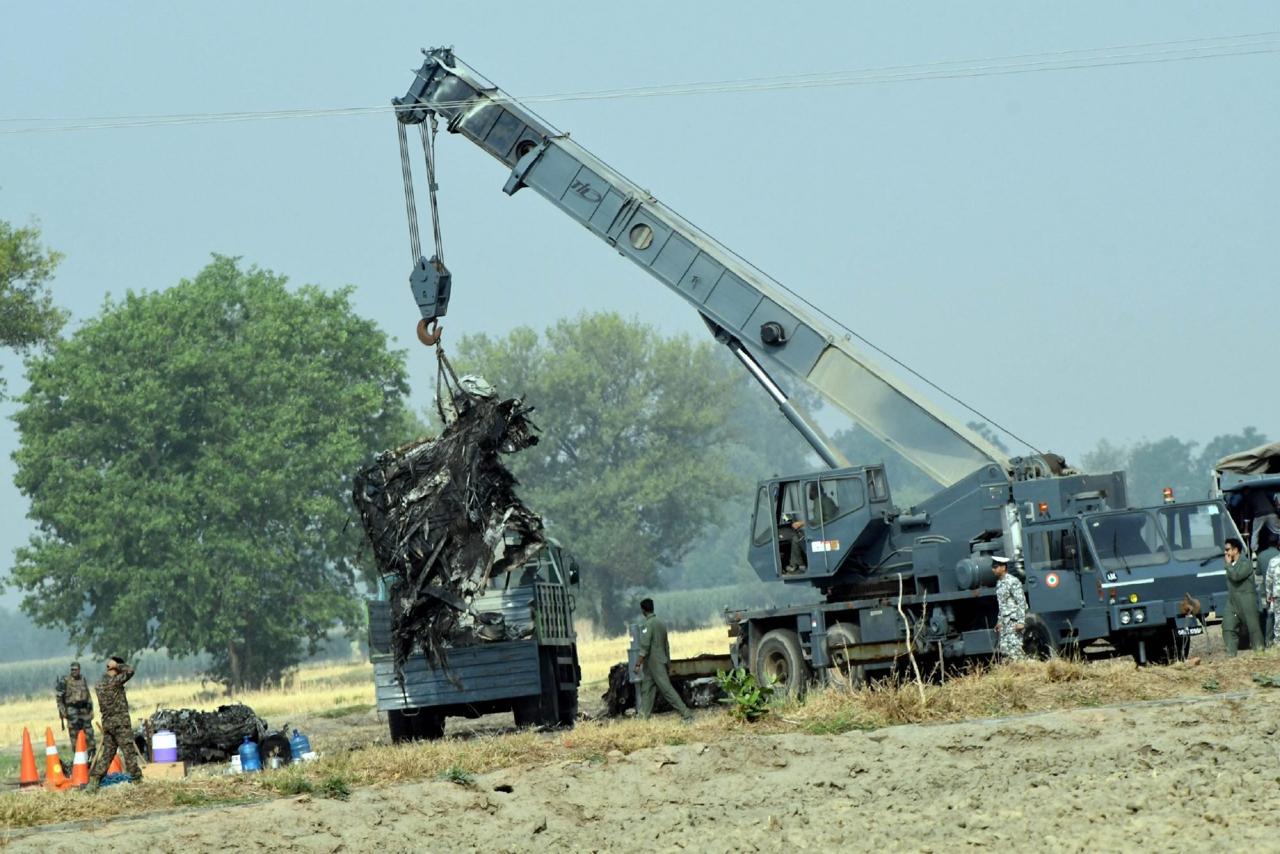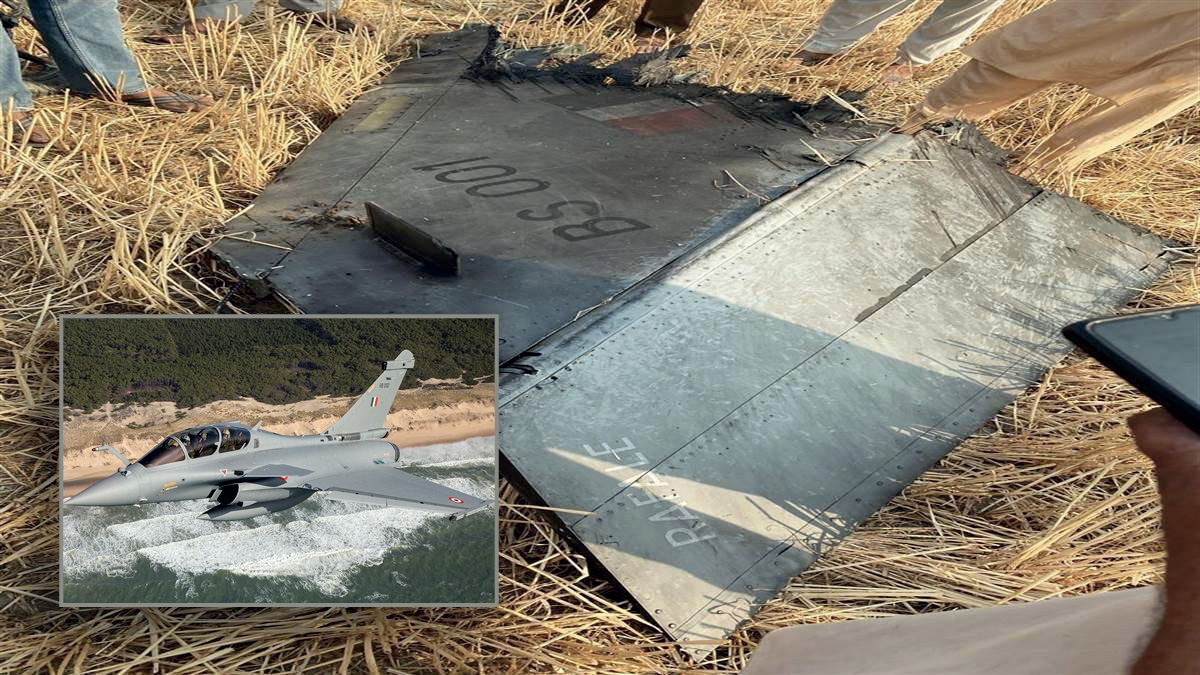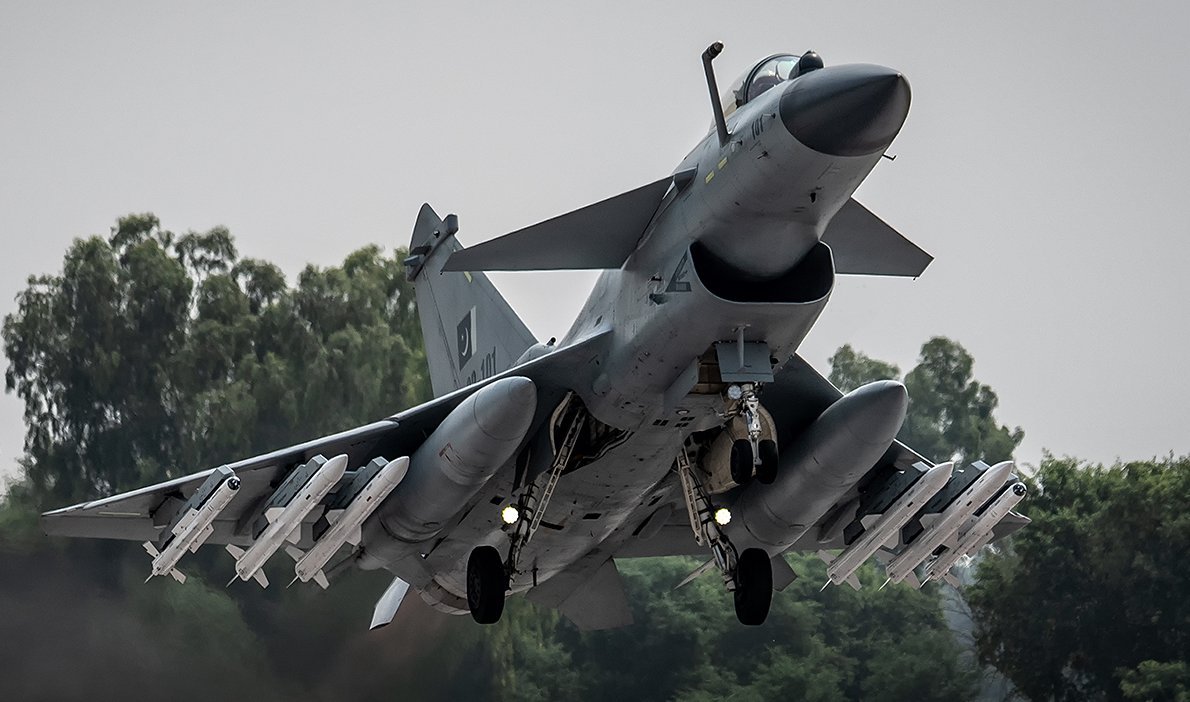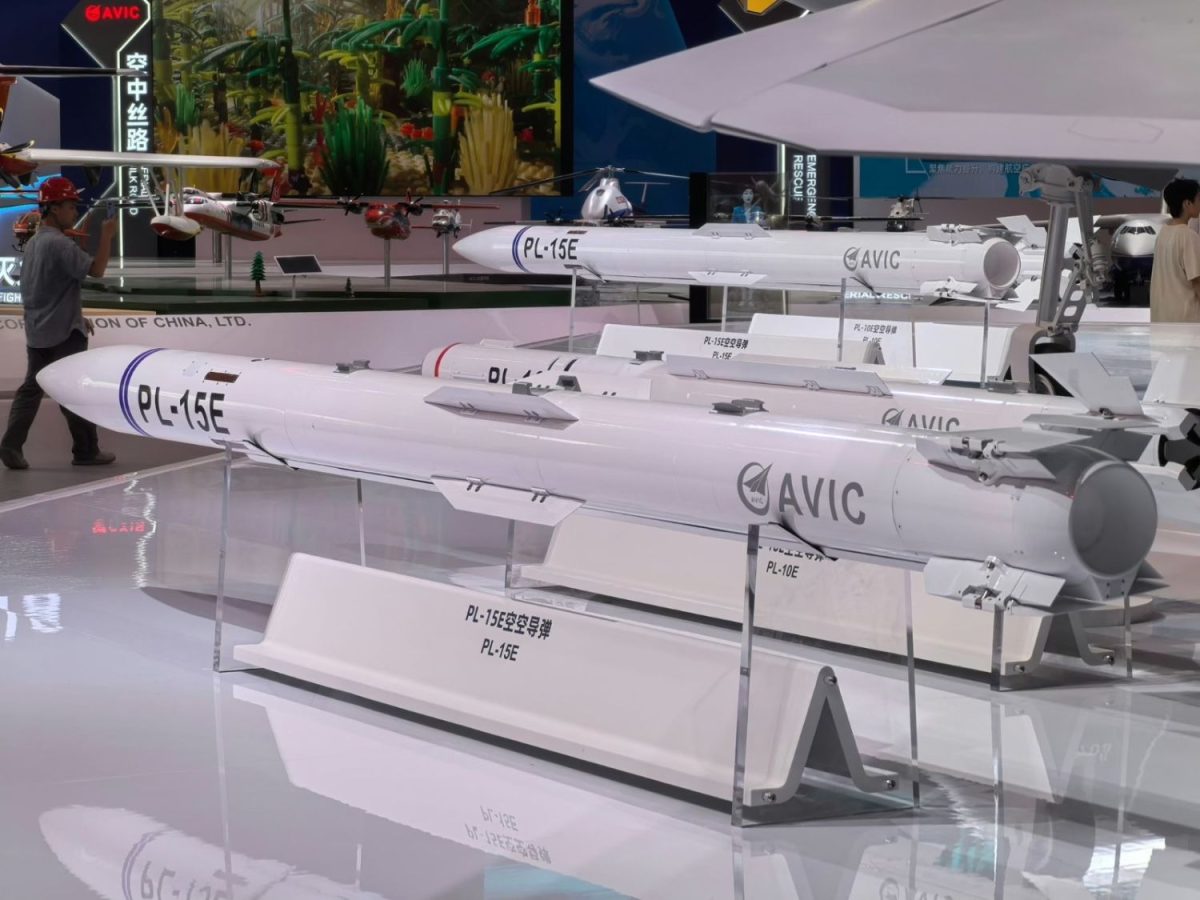Pakistan’s Rafale Kill Claim Gains Ground as Trump Says ‘Five Jets Shot Down’
Trump made the explosive revelation during a private Republican leadership dinner at the White House, without clarifying which country the aircraft belonged to or providing any operational specifics.
In a development that could further legitimize Pakistan’s claim of downing Indian Air Force (IAF) fighter jets during a brief but intense military flare-up in early May, U.S. President Donald Trump stated that “as many as five jets were actually shot down.”
Trump made the explosive revelation during a private Republican leadership dinner at the White House, without clarifying which country the aircraft belonged to or providing any operational specifics.
However, defence analysts widely interpret Trump’s remarks as an indirect acknowledgment of Pakistani claims that its air force fighters had successfully engaged and neutralized multiple Indian combat aircraft in the skies over Kashmir and adjacent regions.
“In fact, planes were being shot out of the air. Five, five, four or five, but I think five jets were shot down actually,” Trump said while commenting on the India-Pakistan military standoff, providing no further elaboration.
Trump has long touted his role in defusing the high-stakes confrontation, claiming that the ceasefire which followed was the result of U.S. diplomatic pressure after Washington held backchannel talks with both Islamabad and New Delhi.
He announced the ceasefire on his social media accounts on May 10, but New Delhi has publicly refuted his assertions, stating that it was not the result of American intervention or threats to suspend bilateral trade talks.
Islamabad has consistently maintained that the Pakistan Air Force (PAF), spearheaded by its Chinese-made J-10C multirole fighters, downed at least five IAF aircraft during the opening days of the conflict, which erupted on May 7.

The aircraft allegedly shot down included three Dassault Rafales, one Su-30MKI and one MiG-29—a staggering blow to the IAF’s frontline squadrons if verified.
Pakistan later claimed a sixth Indian jet, a Mirage 2000, was destroyed in a follow-up engagement near Pampore, east of Srinagar, during the night of May 6-7.
Despite the increasing volume of circumstantial evidence, including international reporting and satellite imagery reviews, the Indian government under Prime Minister Narendra Modi has refused to acknowledge any such losses.
Nevertheless, several senior Indian military officials have begun to issue ambiguous statements that, when read between the lines, suggest indirect confirmations of combat losses.
In a pivotal admission at the Shangri-La Dialogue in Singapore, India’s Chief of Defence Staff General Anil Chauhan conceded for the first time that India had lost a fighter aircraft in recent hostilities with Pakistan, though he withheld specifics.
“What matters is not whether the aircraft went down, but why it went down,” Chauhan said in an interview with Bloomberg TV.
He rejected Pakistan’s claim of downing six IAF jets as “completely inaccurate,” but tellingly avoided disclosing actual loss figures.


“Why they went down, what mistakes we made, that is more important than the numbers,” Chauhan emphasized.
“The good part is that we quickly analyzed our tactical errors, corrected them, and resumed long-range strike missions two days later with full force,” he added.
Air Marshal A.K. Bharti echoed a similar sentiment, telling local media, “We are in a wartime scenario; losses are a part of battle,” though he too refrained from quantifying the damage.
Such remarks have only added to speculation, with defence observers interpreting them as quiet confirmations that the IAF did in fact suffer the loss of five fighters, including its prized Rafale fleet.
The Pakistani narrative has received further validation from both American and French defence sources.
According to Reuters, U.S. officials anonymously confirmed that J-10C aircraft from the PAF were responsible for downing at least two IAF jets.
Meanwhile, CNN’s senior national security correspondent Jim Sciutto posted on X (formerly Twitter) that French intelligence sources had verified that at least one Indian Rafale was destroyed by Pakistan.

On May 17, Pakistani Prime Minister Shehbaz Sharif doubled down on Islamabad’s claims, stating unequivocally that six Indian fighters had been downed—marking the most serious aerial confrontation between the two nuclear-armed rivals in recent years.
The sixth jet, a Mirage 2000, was reportedly shot down over Pampore in Indian-administered Kashmir by a J-10C using a PL-15 Beyond Visual Range (BVR) air-to-air missile.
Earlier reports indicated that the other five aircraft—three Rafales, one Su-30MKI, and one MiG-29—were also taken out using the PL-15E, a long-range missile developed by China.
Pakistan’s Foreign Minister Ishaq Dar added fuel to the fire, saying, “The much-hyped Rafale fighters failed miserably, and the Indian pilots proved to be unskilled.”
The PL-15E, now seen as a game-changer in South Asian air combat dynamics, is an advanced BVR missile capable of Mach 4 speeds and guided by an Active Electronically Scanned Array (AESA) radar seeker.
Developed by the China Airborne Missile Academy (CAMA), the PL-15 series is considered one of the most lethal BVR missiles globally, rivalling the U.S. AIM-120D AMRAAM and Europe’s MBDA METEOR.
Reports indicate that some Indian fighters may have been shot down from as far as 182 km, well outside traditional engagement envelopes, signalling a major leap in kill-chain integration and aerial dominance by the PAF.
Both the J-10C and JF-17 Thunder—the latter developed jointly by Chengdu Aircraft Industry Group (CAIG) and Pakistan Aeronautical Complex (PAC)—are believed to have participated in the engagements.

The J-10C, in particular, launched PL-15 missiles from within Pakistani airspace, avoiding retaliation while inflicting long-range attrition on Indian formations.
Analysts have described the early days of the conflict as “the largest air combat engagement in modern history,” involving over 125 fighter aircraft in simultaneous operations.
Despite growing corroborative evidence, New Delhi continues to maintain strategic silence, refusing to admit that its highly publicized Rafale jets and other platforms were destroyed in combat.
The implications are significant, not only for Indian military morale and procurement strategy but also for regional deterrence balances.
As global defence stakeholders examine the outcome, the credibility of next-generation air superiority fighters and missile platforms is being put to the test in real-world conditions.
The India-Pakistan air clash may well become a defining case study for future air warfare doctrines across Asia and beyond.



modi: trump means we india shot down FIVE pakistan jets.